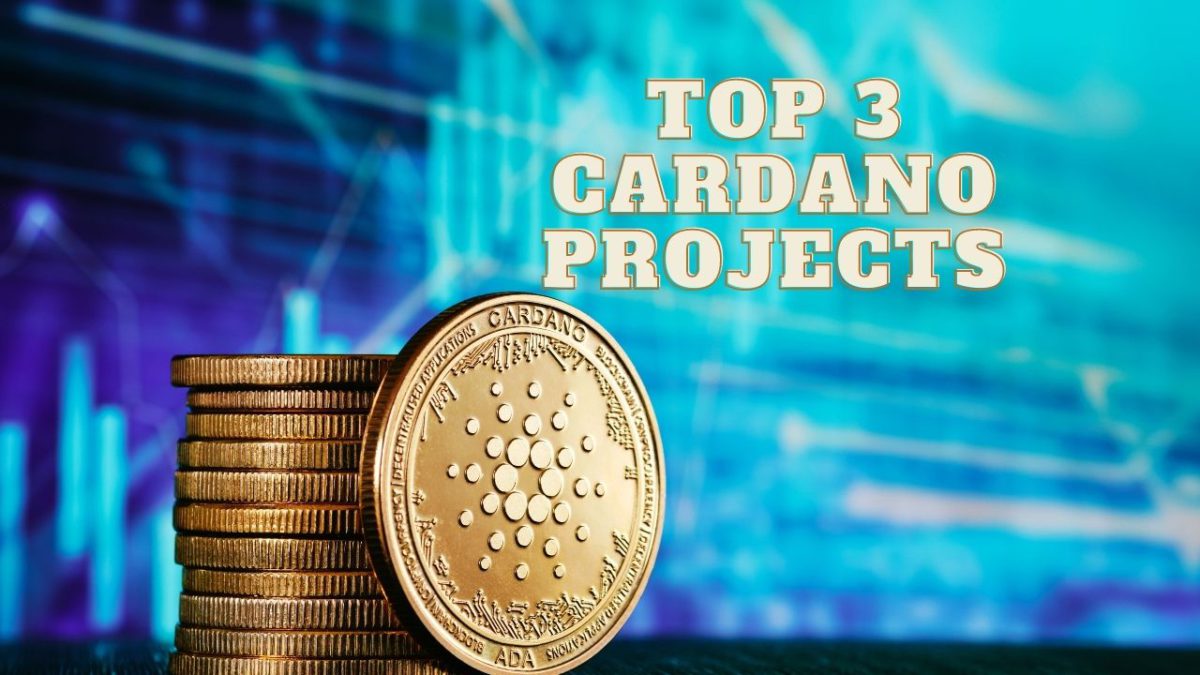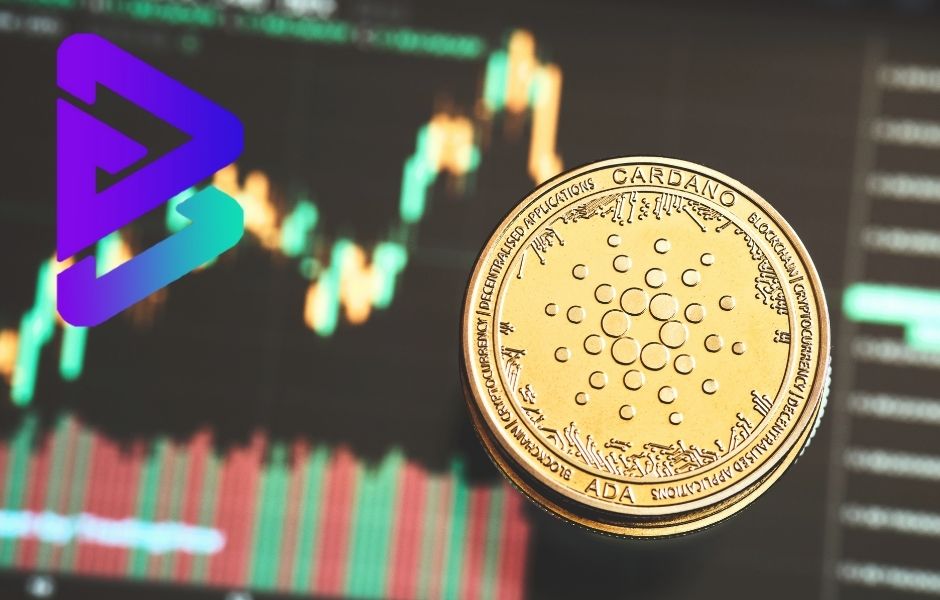DeFi Wallets in 2024: An Amazing Easy-to-Follow Tutorial For Secure and Convenient Transactions
Welcome to the exciting world of Decentralized Finance (DeFi)! DeFi empowers you to participate in various financial activities without relying on traditional banks or institutions. However, to interact with DeFi applications, you’ll need a special tool: a DeFi wallet. This guide will walk you through the basics of DeFi wallets in 2024, ensuring secure and convenient transactions.
Understanding DeFi Wallets: Your Gateway to the DeFi Ecosystem
Unlike traditional wallets that store fiat currency, DeFi wallets hold your cryptocurrency and interact with DeFi protocols. These wallets give you complete control over your digital assets, a core principle of DeFi.
Here are some key features of DeFi wallets:
- Non-custodial: DeFi wallets store your private keys, the passwords that grant access to your cryptocurrency, directly on your device. This means you, and only you, have control over your funds.
- Interoperability: Many DeFi wallets allow you to connect to various DeFi applications seamlessly, enabling you to participate in a wide range of financial activities.
- Security: DeFi wallets offer various security features like multi-factor authentication and PIN protection to safeguard your crypto holdings.
Choosing the Right among the sea of Defi Wallets for Your Crypto Adventures
The decentralized finance (DeFi) landscape offers a plethora of opportunities, but venturing into this exciting world requires the right tools. Your DeFi wallet acts as your gateway, storing your crypto assets, interacting with DeFi protocols, and enabling you to participate in the revolution of peer-to-peer finance. With a vast array of DeFi wallets available, selecting the perfect one can feel overwhelming. Fear not, intrepid explorer! This comprehensive guide will equip you to navigate the sea of options and choose the DeFi wallet that aligns perfectly with your needs.
Understanding Your Needs: The First Mate on Your DeFi Voyage
Before setting sail, it’s crucial to chart your course. Consider your priorities and risk tolerance:
- Are you a DeFi novice or a seasoned sailor? Beginner-friendly wallets prioritize ease of use, while advanced options offer greater functionality for experienced users.
- What DeFi activities do you plan to engage in? Do you intend to swap tokens, provide liquidity, or participate in yield farming? Different wallets cater to varying DeFi use cases.
- How much crypto do you plan to store? For larger holdings, security becomes paramount. Consider hardware wallets for maximum security.
- Do you prioritize mobile access or desktop convenience? Many wallets offer multi-platform access, while others are platform-specific.
Exploring the DeFi Wallets Ecosystem: A Diversified Fleet
The world of DeFi wallets can be broadly categorized into two main types:
-
Custodial Wallets: These act like traditional bank accounts, where a third party holds your private keys (essentially the passwords to your crypto). Custodial wallets are generally user-friendly but may limit your control over your assets.
-
Non-Custodial Wallets: These empower you with complete control over your private keys. You are solely responsible for the security of your assets, making them ideal for experienced users who prioritize autonomy. Here’s a breakdown of some popular DeFi wallet options within these categories:
Custodial Wallets:
- MetaMask: A leading choice for beginners, MetaMask offers a user-friendly interface and seamless integration with various Ethereum-based DeFi applications.
- Coinbase Wallet: This user-friendly wallet, linked to the popular cryptocurrency exchange Coinbase, provides a secure and convenient platform for storing and managing your crypto assets. It also allows you to easily access various DeFi protocols.
- Trust Wallet: A popular mobile wallet known for its support of a wide range of cryptocurrencies and tokens, Trust Wallet integrates with various DeFi platforms, making it a versatile option for mobile-focused users.
Non-Custodial Wallets:
- Argent Wallet: Designed specifically for DeFi, Argent Wallet prioritizes ease of use and security. It offers a social recovery feature, allowing you to restore your wallet in case you lose your private key.
- Ledger Nano Series: Considered the gold standard for hardware wallets, Ledger devices store your private keys offline, offering unparalleled security for your crypto assets. They connect to your computer or mobile device to facilitate interaction with DeFi applications.
- Trezor Model One & T: Another popular hardware wallet option, Trezor devices provide robust security for your crypto holdings and integrate with various DeFi platforms.
Beyond the Basics: Anchors for a Secure Voyage
Here are some additional factors to consider when choosing among your DeFi wallets:
- Security Features: Look for wallets with robust security features like multi-factor authentication and secure transaction confirmation processes. Hardware wallets offer the highest level of security.
- Supported Cryptocurrencies and Tokens: Ensure the wallet supports the cryptocurrencies and tokens you intend to use for DeFi activities.
- Customer Support: Reliable customer support is crucial in case you encounter any issues while navigating the DeFi landscape.
- Fees: Some wallets charge fees for transactions or specific DeFi interactions.
Setting Sail with Confidence: Choosing among Your DeFi Wallets
There’s no single “best” DeFi wallet – the ideal choice depends on your individual needs and priorities. By carefully considering the factors outlined above, you can select a wallet that empowers you to navigate the DeFi seas with confidence and security. Remember, the most important aspect is to prioritize the safety of your crypto assets. Start small, explore different DeFi protocols responsibly, and don’t hesitate to seek guidance from experienced DeFi users or communities. With the right tools and knowledge, you can unlock the vast potential of decentralized finance and chart your own course towards a crypto-powered future.
Also, read – Understanding Multisignature Wallets And How It Enhances Security in Cryptocurrency Transactions
A Step-by-Step Guide to Configuring Your DeFi Wallets
The world of Decentralized Finance (DeFi) beckons, filled with exciting opportunities for savvy crypto enthusiasts. But before diving in, you’ll need a secure and reliable DeFi wallets – your gateway to interacting with DeFi protocols and managing your crypto assets. Here’s a comprehensive step-by-step guide to setting up your DeFi wallet, ensuring a smooth and secure journey:
Choosing Your Vessel: Selecting the Right DeFi Wallets
The first step is to select the DeFi wallet that best suits your needs. Refer back to the previous guide, “Choosing the Right DeFi Wallet for You: A Sea of Options” to understand the different types of wallets (custodial vs non-custodial) and popular options within each category. Consider your experience level, security preferences, and the DeFi activities you plan to engage in.
This guide will assume you’re using a popular mobile custodial wallet like MetaMask, suitable for beginners.
Step 1: Download and Install the App
- Head to the official app store (Google Play Store for Android or App Store for iOS).
- Search for “MetaMask” and download the official app from the MetaMask Inc. developer.
- Never download wallets from untrusted sources.
Step 2: Creating Your Wallet
- Launch the MetaMask app and tap “Get Started.”
- Choose “Create a Wallet.”
- Create a strong password and remember it carefully. This password is crucial for accessing your wallet.
- Write down your password and store it securely offline. Never share it with anyone.
- Carefully review and agree to the MetaMask Terms of Use.
- You’ll be presented with a 12-word secret recovery phrase (seed phrase). This phrase acts as a master key to access your wallet.
- Write down your seed phrase on a piece of paper and store it securely offline in a safe place. Never share your seed phrase with anyone.
- If someone gains access to your seed phrase, they can steal your crypto assets.
Step 3: Congratulations! You Have a DeFi Wallet
You’ve successfully created your MetaMask wallet. You’ll see a basic interface displaying your current account balance (which will likely be zero initially).
Step 4: Adding Funds to Your Wallet (Optional)
- To interact with DeFi protocols, you’ll need some cryptocurrency in your wallet.
- MetaMask allows you to purchase crypto directly within the app using a debit or credit card (fees may apply).
- Alternatively, you can transfer cryptocurrency from another wallet or exchange to your MetaMask wallet address.
Step 5: Connecting to DeFi Applications
- Now that your wallet is funded, you can explore the world of DeFi!
- Many DeFi applications are web-based. Navigate to the DeFi platform you wish to use in your preferred web browser.
- When prompted to connect your wallet, select “MetaMask” from the available options.
- A confirmation window will appear in your MetaMask app, detailing the permissions requested by the DeFi application. Review these permissions carefully before granting access.
Additional Security Tips for a Smooth DeFi Voyage
- Enable two-factor authentication (2FA) on your MetaMask account for an extra layer of security.
- Never click on suspicious links or download unknown files while using DeFi applications.
- Be wary of phishing scams. DeFi applications will never ask you for your seed phrase.
- Only interact with reputable and well-established DeFi protocols.
- Start small and gradually increase your involvement in DeFi as you gain experience and knowledge.
By following these steps and prioritizing security, you’ll be well on your way to navigating the exciting world of DeFi with your trusty DeFi wallets by your side. Remember, DeFi can involve complexities and risks. Always conduct your own research before investing in any DeFi projects and never invest more than you can afford to lose. Fair winds and following seas on your DeFi adventures!
DeFi Deep Dive: Unleashing the Power of Your Wallet for Transactions
Your DeFi wallet is your passport to a world of financial possibilities beyond traditional banking systems. Now that you’ve set up your wallet (refer to previous guide: “Setting Up Your DeFi Wallet: A Step-by-Step Guide”), it’s time to explore the various transactions you can initiate and unlock the true potential of Decentralized Finance (DeFi). Let’s delve into some of the most common DeFi transactions you can execute with your trusty DeFi wallet:
1. Swapping Tokens: A DeFi Marketplace
- DeFi allows you to seamlessly swap one cryptocurrency for another directly through peer-to-peer exchanges facilitated by DeFi protocols. Unlike traditional exchanges, there’s no central authority involved.
- Popular DeFi wallets like MetaMask integrate with various Decentralized Exchanges (DEXs) like Uniswap or SushiSwap.
- To swap tokens, simply navigate to the swap function within your wallet and select the tokens you wish to exchange.
- DeFi protocols leverage liquidity pools, where users deposit their crypto holdings to earn passive income. Swapping fees are used to incentivize liquidity providers and ensure smooth exchange functionality.
2. Providing Liquidity: Become a Market Maker
- DeFi empowers you to contribute to liquidity pools and earn passive income on your crypto holdings.
- By depositing your crypto assets into a liquidity pool, you essentially become a market maker, facilitating token swaps for other users.
- In return for providing liquidity, you’ll receive a portion of the swap fees generated by the pool.
- Always carefully assess the risks involved before providing liquidity. The value of your deposited crypto assets can fluctuate, potentially leading to impermanent loss.
3. Earning Interest Through Yield Farming
- DeFi allows you to earn interest on your crypto holdings through a concept called yield farming.
- Certain DeFi protocols offer yield farming opportunities where you can deposit your crypto assets into lending pools.
- These lending pools are then used to facilitate borrowing and lending activities within the DeFi ecosystem.
- In return for supplying liquidity to these pools, you’ll earn interest on your deposited crypto assets.
- Yield farming can involve complex strategies and higher risks. Conduct thorough research before committing your crypto to any yield farming opportunities.
4. Taking Out Loans: Borrowing in DeFi
- DeFi offers an alternative lending landscape where you can borrow cryptocurrencies without relying on traditional financial institutions.
- By depositing crypto assets as collateral, you can access loans from other users within the DeFi ecosystem.
- The interest rates on DeFi loans are typically determined by supply and demand within the lending pool.
- Be mindful of the loan-to-value (LTV) ratio, which represents the amount you can borrow compared to the value of your collateral. Failing to maintain a sufficient LTV ratio can lead to your collateral being liquidated to cover the loan.
5. Governance: Voting on Protocol Decisions
- Some DeFi protocols distribute governance tokens to their users.
- These tokens allow you to participate in the decision-making process of the protocol, essentially voting on proposals that shape the future of the platform.
- Holding governance tokens empowers you to have a voice in the DeFi ecosystem you interact with.
Transacting with Confidence: A Final Word
DeFi presents a dynamic and evolving landscape brimming with opportunities. By leveraging your DeFi wallet, you can explore various transactions, from swapping tokens to earning interest and even shaping the future of DeFi protocols through governance. However, remember:
- Always prioritize security. Conduct your own research before interacting with any DeFi applications.
- Start small and gradually increase your involvement in DeFi as you gain experience.
- Understand the risks associated with each transaction. DeFi can involve impermanent loss, liquidation risks, and smart contract vulnerabilities.
With knowledge, caution, and your trusty DeFi wallets as your companion, you can navigate the exciting world of DeFi and unlock its full potential!
Stay informed with daily updates from Blockchain Magazine on Google News. Click here to follow us and mark as favorite: [Blockchain Magazine on Google News].
Get Blockchain Insights In Inbox
Stay ahead of the curve with expert analysis and market updates.
latest from tech
Disclaimer: Any post shared by a third-party agency are sponsored and Blockchain Magazine has no views on any such posts. The views and opinions expressed in this post are those of the clients and do not necessarily reflect the official policy or position of Blockchain Magazine. The information provided in this post is for informational purposes only and should not be considered as financial, investment, or professional advice. Blockchain Magazine does not endorse or promote any specific products, services, or companies mentioned in this posts. Readers are encouraged to conduct their own research and consult with a qualified professional before making any financial decisions.

 Bitcoin
Bitcoin  Ethereum
Ethereum  Tether
Tether  Solana
Solana  XRP
XRP  Dogecoin
Dogecoin  USDC
USDC  Cardano
Cardano  Lido Staked Ether
Lido Staked Ether  TRON
TRON  Avalanche
Avalanche  Toncoin
Toncoin  Stellar
Stellar  Shiba Inu
Shiba Inu  Wrapped stETH
Wrapped stETH  Wrapped Bitcoin
Wrapped Bitcoin  Polkadot
Polkadot  Chainlink
Chainlink  WETH
WETH  Bitcoin Cash
Bitcoin Cash  Sui
Sui  Pepe
Pepe  NEAR Protocol
NEAR Protocol  LEO Token
LEO Token  Litecoin
Litecoin  Uniswap
Uniswap  Wrapped eETH
Wrapped eETH  Aptos
Aptos  Internet Computer
Internet Computer  USDS
USDS  Hedera
Hedera  Cronos
Cronos  Ethereum Classic
Ethereum Classic  POL (ex-MATIC)
POL (ex-MATIC)  Render
Render  Ethena USDe
Ethena USDe  Bittensor
Bittensor  Artificial Superintelligence Alliance
Artificial Superintelligence Alliance  Arbitrum
Arbitrum  Dai
Dai  Celestia
Celestia  WhiteBIT Coin
WhiteBIT Coin  Filecoin
Filecoin  Bonk
Bonk  OKB
OKB  Stacks
Stacks  dogwifhat
dogwifhat 



